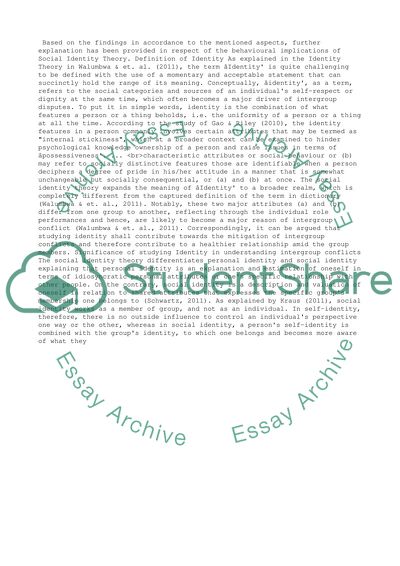Cite this document
(“Social identity theory of intergroup conflict Essay”, n.d.)
Retrieved from https://studentshare.org/management/1489564-social-identity-theory-of-intergroup-conflict
Retrieved from https://studentshare.org/management/1489564-social-identity-theory-of-intergroup-conflict
(Social Identity Theory of Intergroup Conflict Essay)
https://studentshare.org/management/1489564-social-identity-theory-of-intergroup-conflict.
https://studentshare.org/management/1489564-social-identity-theory-of-intergroup-conflict.
“Social Identity Theory of Intergroup Conflict Essay”, n.d. https://studentshare.org/management/1489564-social-identity-theory-of-intergroup-conflict.


